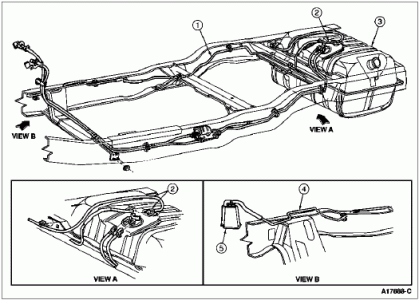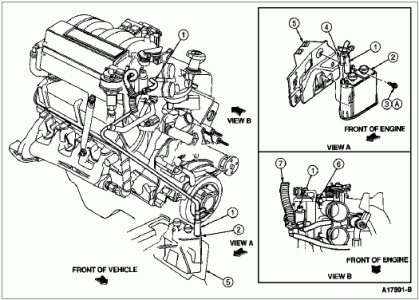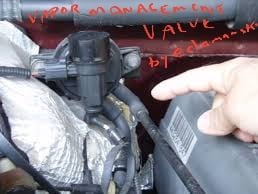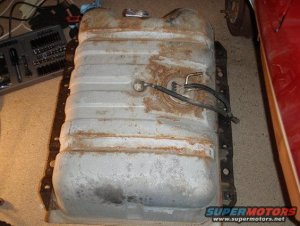RockNBronco96
New member
96 Bronco, 2" lift and 32 TA 2's, 351 with high flow cat and exhaust, other than that all stock except the stereo of course... She now has 226,000 miles
Just replace almost everything from the A/C radiator back to the block last summer, new timing chain and gears, alt., A/C everything except vacuum lines (taking her in for someone to do that), heavy duty fan clutch - that was a mistake, charcoal canister, battery cables... you get the gest. Was suppose to have a "friend" who is a motor guy help me and yes he was being paid but he was unreliable for showing up so I did 85% of the work myself, I'm not a motor guy. All done and she has taken me on 1/2 dozen hunting trips with no problems. But now I have P1443, P0402 and P1406 codes, I have spent hours researching what these are and the fixes. P1406 (DPFE sensor) no problem, P0402 (EGR) no problem, the P1443 (EVAP Control System Pruge Control Solenoid or Valve Fault) huge problem. I can not find anything on a 1996 5.8L as to what this thing looks like where it is or what it takes to fix it. If there is a test to determine if it's one part or both, or if I should replace both parts at the same time. Any suggestions as to where to find information on this and should I start with a particular repair and see if that will clear out the other codes. Please keep in mind I'm not a motor guy so if it involves a lot of technical stuff or jargon, I'm screwed. Biggest problem is I can't afford to take it to a shop to have this done and it has become my daily driver as the tranny went out on my Expedition.
Just replace almost everything from the A/C radiator back to the block last summer, new timing chain and gears, alt., A/C everything except vacuum lines (taking her in for someone to do that), heavy duty fan clutch - that was a mistake, charcoal canister, battery cables... you get the gest. Was suppose to have a "friend" who is a motor guy help me and yes he was being paid but he was unreliable for showing up so I did 85% of the work myself, I'm not a motor guy. All done and she has taken me on 1/2 dozen hunting trips with no problems. But now I have P1443, P0402 and P1406 codes, I have spent hours researching what these are and the fixes. P1406 (DPFE sensor) no problem, P0402 (EGR) no problem, the P1443 (EVAP Control System Pruge Control Solenoid or Valve Fault) huge problem. I can not find anything on a 1996 5.8L as to what this thing looks like where it is or what it takes to fix it. If there is a test to determine if it's one part or both, or if I should replace both parts at the same time. Any suggestions as to where to find information on this and should I start with a particular repair and see if that will clear out the other codes. Please keep in mind I'm not a motor guy so if it involves a lot of technical stuff or jargon, I'm screwed. Biggest problem is I can't afford to take it to a shop to have this done and it has become my daily driver as the tranny went out on my Expedition.





